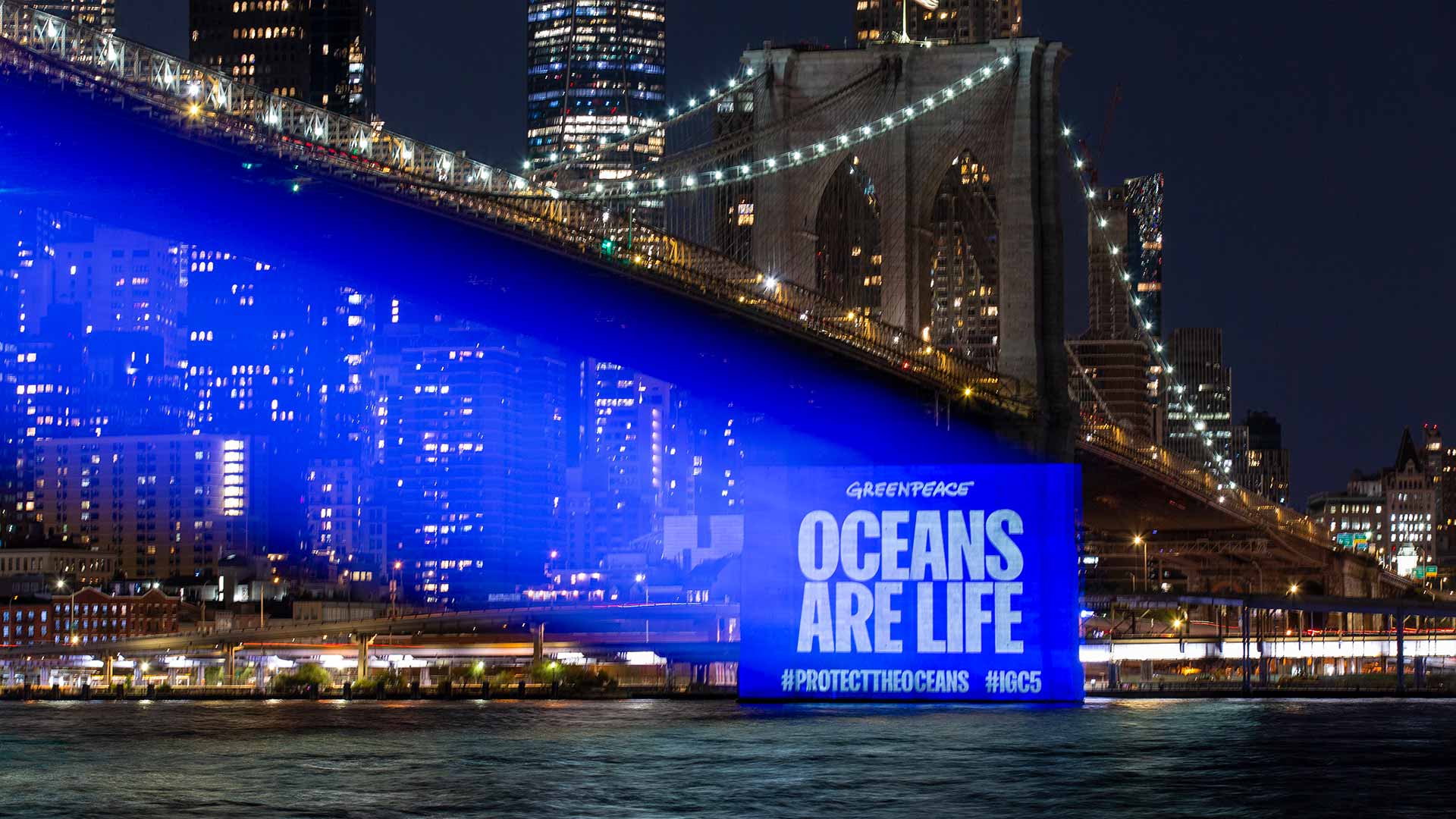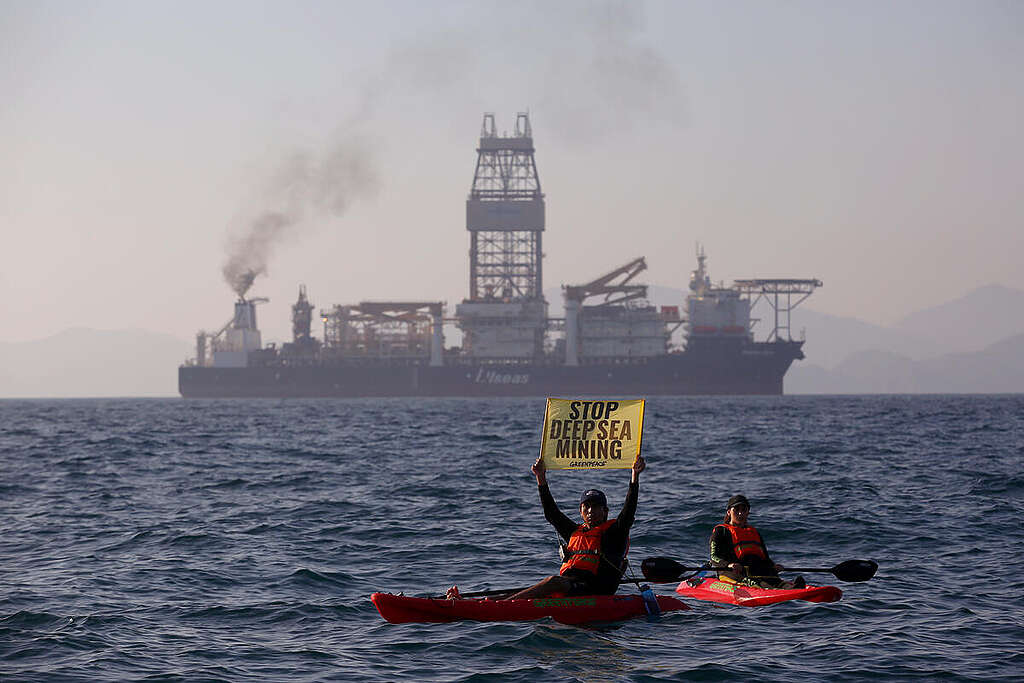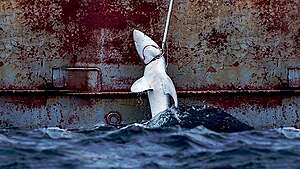In a monumental step towards preserving the world’s oceans, the United Nations (UN) has officially adopted the historic UN Ocean Treaty. This crucial agreement, which was unanimously agreed upon in March 2023, serves as a powerful legal instrument to protect marine ecosystems. Following months of meticulous legal scrutiny and translation into all official UN languages, governments are now encouraged to sign and ratify the treaty, marking the commencement of vital efforts to safeguard our oceans.

The Significance of the Treaty:
The UN Ocean Treaty carries immense potential to support the achievement of the 30×30 target, unanimously agreed upon by governments under the Convention on Biological Diversity in late 2022. This target aims to protect at least 30% of the world’s oceans by 2030. By enabling the creation of extensive ocean sanctuaries, shielded from harmful human activities on the high seas, the treaty promises to catalyse the restoration and flourishing of marine biodiversity.
For more information about the UN Ocean Treaty and to read the full text of the agreement, you can visit the official document at: UN Ocean Treaty Text.
A Call for Urgent Ratification:
Chris Thorne, a prominent figure in Greenpeace’s Protect the Oceans campaign, emphasised the importance of immediate action in ratifying the treaty. Thorne heralded the treaty as a triumph for all life on Earth, urging the governments involved to swiftly ratify it and commence the establishment of vast ocean sanctuaries. The scientific community has unequivocally stressed the need to safeguard at least 30% of our oceans by 2030, granting them a chance to recover and thrive.
Present Challenges and Future Aspirations:
With less than 1% of the high seas currently protected, the road to achieving the 30×30 target is undeniably daunting. However, the monumental agreement reached by millions of people worldwide and the tireless efforts of organisations like Greenpeace have set a precedent for change. Although there is still much ground to cover, there is a resolute commitment to realising the goal of 30% ocean protection by the end of this decade.
The Global Call for Action:
The drive for a Global Ocean Treaty garnered support from 5.5 million individuals spanning every continent, who joined Greenpeace in advocating for governments to finalise the agreement. To transform the 30×30 vision into a tangible reality, it is imperative for governments to ratify the treaty during the UN Ocean Conference in 2025. This landmark gathering will serve as a pivotal moment in galvanising worldwide efforts toward comprehensive ocean protection.
The formal adoption of the UN Ocean Treaty signifies a turning point in the collective fight to conserve our oceans. Governments around the world now have the responsibility to ratify this transformative agreement and actively work towards establishing extensive ocean sanctuaries. As the year 2030 looms ever closer, the urgency to protect our oceans intensifies. With determination, collaboration, and global solidarity, we can safeguard marine biodiversity and create a sustainable future for generations to come.
In addition to supporting the UN Ocean Treaty, there is another critical issue that requires our attention: deep-sea mining. The fragile ecosystems and unique species found in the deep sea face unprecedented threats from this emerging industry. To voice your concerns and join the movement against deep-sea mining, we encourage you to sign the petition calling for a moratorium on deep-sea mining until its environmental impact is thoroughly understood.

Greedy companies want to mine the seafloor for profit. 2 million people worldwide say no to deep sea mining – will you join them?
Sign petitionTogether, we have the power to protect our oceans and ensure their health and vitality for future generations. Let us stand united in our commitment to preserve these irreplaceable ecosystems and take action on both the UN Ocean Treaty and the critical issue of deep-sea mining. Sign the petition today and make your voice heard in defence of our deep oceans.


